Pulling Back the Curtain (on chemical management)
The team has been working on a summary of how HazEL works in response to some frequently asked questions. I thought it would be useful to make this summary public, so for those of you who are interested in getting in under the hood, there is some more detail on how the tool works.
HazEL is a chemical prioritisation tool that streamlines the prioritisation process in a scientifically robust and customised environment. Originally developed with regulators, HazEL allows users to identify, track and establish the relative priority of chemicals when planning future chemical management programmes. HazEL facilitates targeted progress towards the achievement of environmental objectives. Further, with our unique horizon scanning facility, HazEL can identify and monitor chemicals of emerging concern.
Over 500 000 academic papers specific to chemistry and its related fields are published every year. When combined with changing regulatory environments and limited resources, the sheer mass of material is challenging to navigate and even harder to analyse and compare. HazEL distills this information and reports on only that which is relevant to the user, identifying specifically where further efforts should be directed. By using data which can be represented numerically, it becomes possible to rank chemicals for direct comparison.
Forty-two exposure and toxicity parameters have been selected, enabling users to determine the relative priority of pertinent chemicals by direct comparison. Multiple data sources are collated into a ranked score for each component and dimension. Each data point is referenced to the original source to maintain both rigour and transparency. Key to the quality of output is HazEL’s ability to forgive information gaps, allowing meaningful comparisons even when the available information is disparate. In the same way, new data can be integrated without significant computational resources.
There are several ways to search the database including traditional CAS number, chemical synonyms, molecular weight or any of the individual parameters. However, a distinguishing feature of HazEL is the ability to search by categories of chemical use – for example, HazEL can retrieve and compare pesticides. This feature of the tool is interactive and, once moderated, can be updated by users ensuring information remains current.
Each parameter of the model can be weighted according to desired outcome, allowing users to maximise the models’ utility. This is particularly important when there is a specific goal in mind, e.g., the design of an environmental monitoring programme in waterways. This functionality also allows users to run scenarios to test assumptions. Analyses may be saved within the tool, and results are able to be shared with others in your company.
HazEL is a scientifically robust tool that identifies where additional attention and focus should be placed. It is not a replacement for existing systems used to make regulatory decisions. However, it can and does substantially speed the process in determining where to focus resources for maximum benefit.
For more specific answers to your questions, get in touch and we’ll give you a demonstration.
Kate
